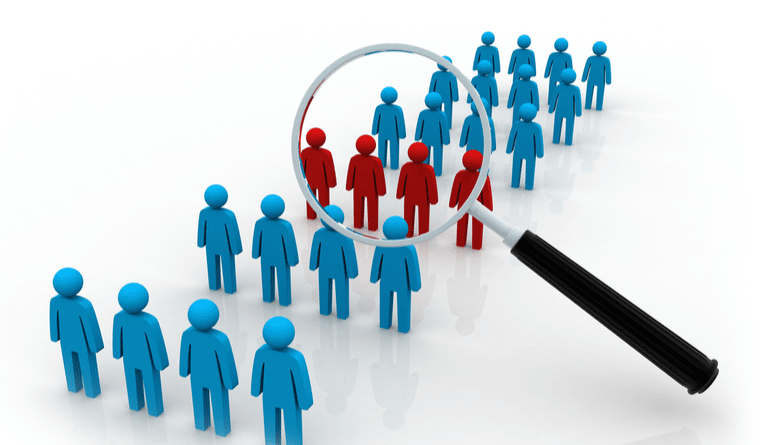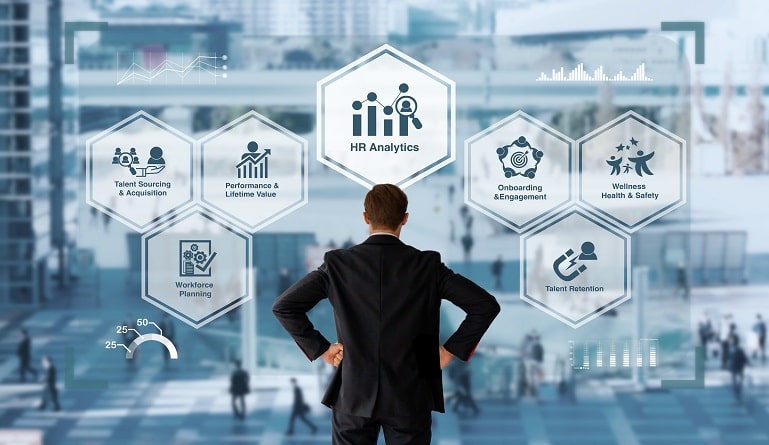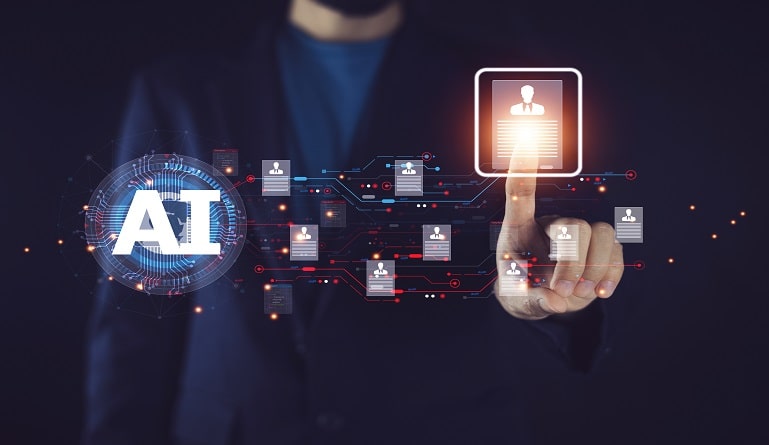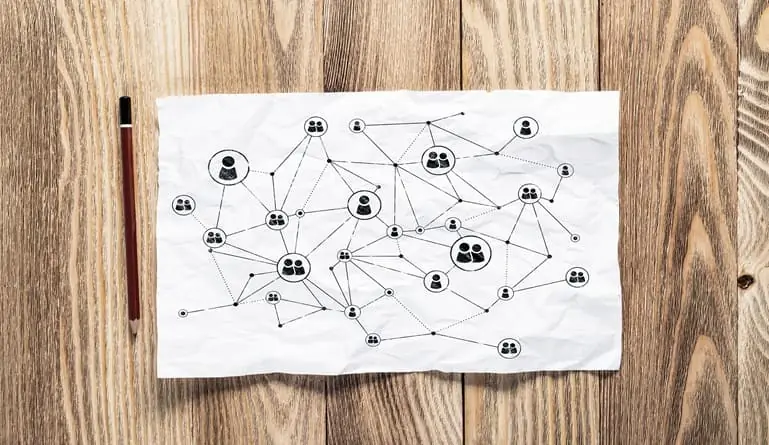Predictive analytics is becoming a trend in human resources. Although there has been much talk about predictive analytics, not many human resource managers are applying it to their workforce. However, predictive analytics can be a significant benefit for HR departments. Predictive analytics is practically everywhere, and this technology learns from existing data to forecast individual behavior, making it very specific.
HR departments possess a large quantity of people data and. If HR managers can rely more on data-driven and proven models and processes rather than soft science and gut feelings, it will become one of the more successful departments in any organization.
Predictive Analytics: Benefits to Human Resource Departments
Predictive analytics can bring several benefits to human resource departments and organizations when used consistently and in the right way:
Hiring the Right People
Great employees are what help to make a business successful. It’s not always the most talented, qualified, or experienced candidate that is best for the company. Many companies are looking for a candidate that will make a great culture fit in their business. Predicative analytics can help determine which candidates can complete the workforce outlook. Advanced analytics can make identifying these employees, checking backgrounds, and even the first few days in the office much more effective.
Boost Productivity
Once the right employee is identified, it is then up to HR to help maximize the person’s role in the company. With predictive analytics, managers can keep a sharp focus on performance and progress, as well as any triumphs and mistakes an employee may make. HR professionals can utilize technology to help iron out any hiccups in the workflow, which will help boost productivity and create significant cost savings for employees.
Upskill the Workforce
Companies can also use predictive analytics for workforce planning to locate any skill gaps that are currently present. The Mexican government’s Ministry of Energy currently uses this type of model to discover gaps in the oil and gas industry. This type of solution takes several things into account, including adjustable macroeconomic variables which correlate to the supply and demand for skilled labor in any industry.
Foster Deeper Engagement
Employee satisfaction has always been an essential factor in ensuring workplace happiness, but it is also a statistic that can’t be measured. However, some solutions can look at non-numeric data, such as feedback surveys and other facts and figures, to offer insights that can help ensure the deepest level of engagement among employees. Specific tools can leverage analytics to understand employee motivation, needs, morale levels, and workplace culture. These ideas can then be used to change how managers engage the workforce and communicate.
Retain Top Talent
Not only does fostering deeper engagement from predictive analytics help retain top talent, but there are also other ways this technology can help. Since employees invest many resources into finding, onboarding, and training workers, losing top talent can incur many costs. In addition to losing money, it can also negatively affect an employer’s brand. Predictive analytics will take look at historical data to unearth possible attrition before it happens. It will also look at an organization’s data to identify factors that have the most significant influence on an employee’s flight risk. Managers can then use this data and address these issues before they cause an employee to leave.
Predictive Analytics Examples in Human Resources
Predictive analytics can be used to improve several different things in HR, but it also helps to see how real companies are using it.
In Google’s hiring process, the company asks computer-generated and fully automated questions to identify the right candidate. Google can also estimate the chances of people leaving the company, such as new salespeople that don’t get a promotion within four years.
Wikipedia can predict who in its pool of over 750,000 editors is likely to stop contributing. It is unclear how they take advantage of this data, but they can use it to reengage with their editors.
Best Buy can predict how employee engagement impacts store performance. Since they have discovered how important engagement is, they now do engagement surveys every quarter, instead of annually.
A case study published by Cornerstone looked at the impact that toxic employees can have on the workplace. Examples of toxic behavior can include sexual harassment and fraud, which have damaging effects in HR as well. With data from involuntarily terminated employees, the case study revealed that Cornerstone was able to determine some characteristics of toxic people and proved how dangerous it was to hire them in the first place. By continuously fine-tuning the hiring process, employers can prevent hiring candidates that are toxic and create better working environments.




